Huimin Zhou
DGEM: A New Dual-modal Graph Embedding Method in Recommendation System
Aug 09, 2021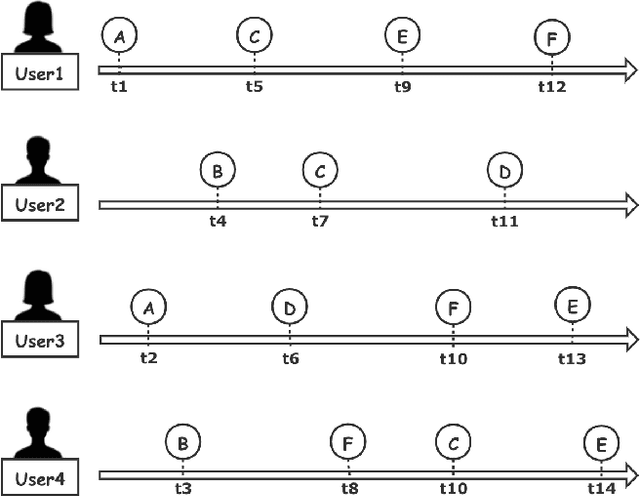
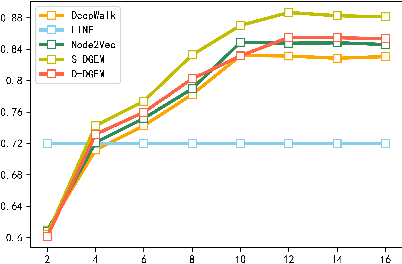

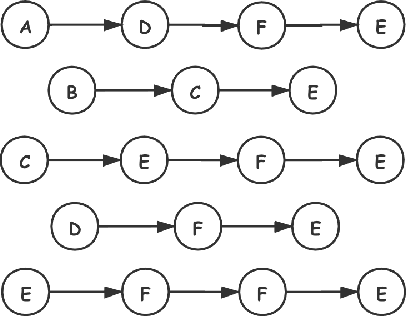
Abstract:In the current deep learning based recommendation system, the embedding method is generally employed to complete the conversion from the high-dimensional sparse feature vector to the low-dimensional dense feature vector. However, as the dimension of the input vector of the embedding layer is too large, the addition of the embedding layer significantly slows down the convergence speed of the entire neural network, which is not acceptable in real-world scenarios. In addition, as the interaction between users and items increases and the relationship between items becomes more complicated, the embedding method proposed for sequence data is no longer suitable for graphic data in the current real environment. Therefore, in this paper, we propose the Dual-modal Graph Embedding Method (DGEM) to solve these problems. DGEM includes two modes, static and dynamic. We first construct the item graph to extract the graph structure and use random walk of unequal probability to capture the high-order proximity between the items. Then we generate the graph embedding vector through the Skip-Gram model, and finally feed the downstream deep neural network for the recommendation task. The experimental results show that DGEM can mine the high-order proximity between items and enhance the expression ability of the recommendation model. Meanwhile it also improves the recommendation performance by utilizing the time dependent relationship between items.
Challenge AI Mind: A Crowd System for Proactive AI Testing
Oct 21, 2018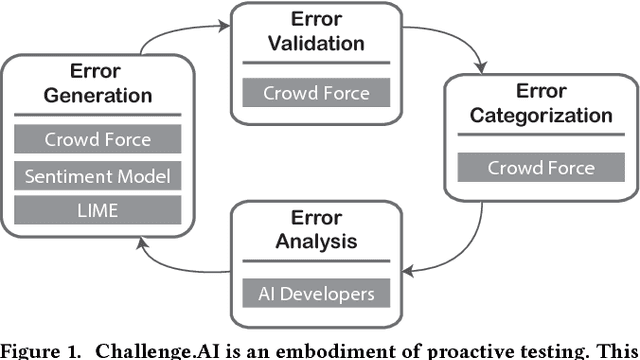
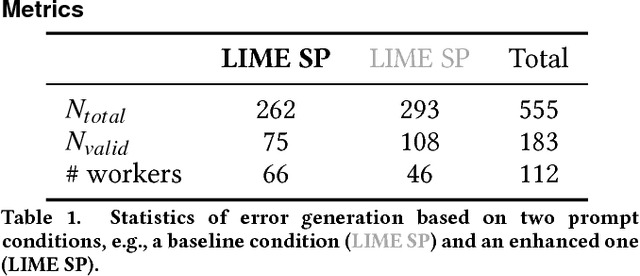
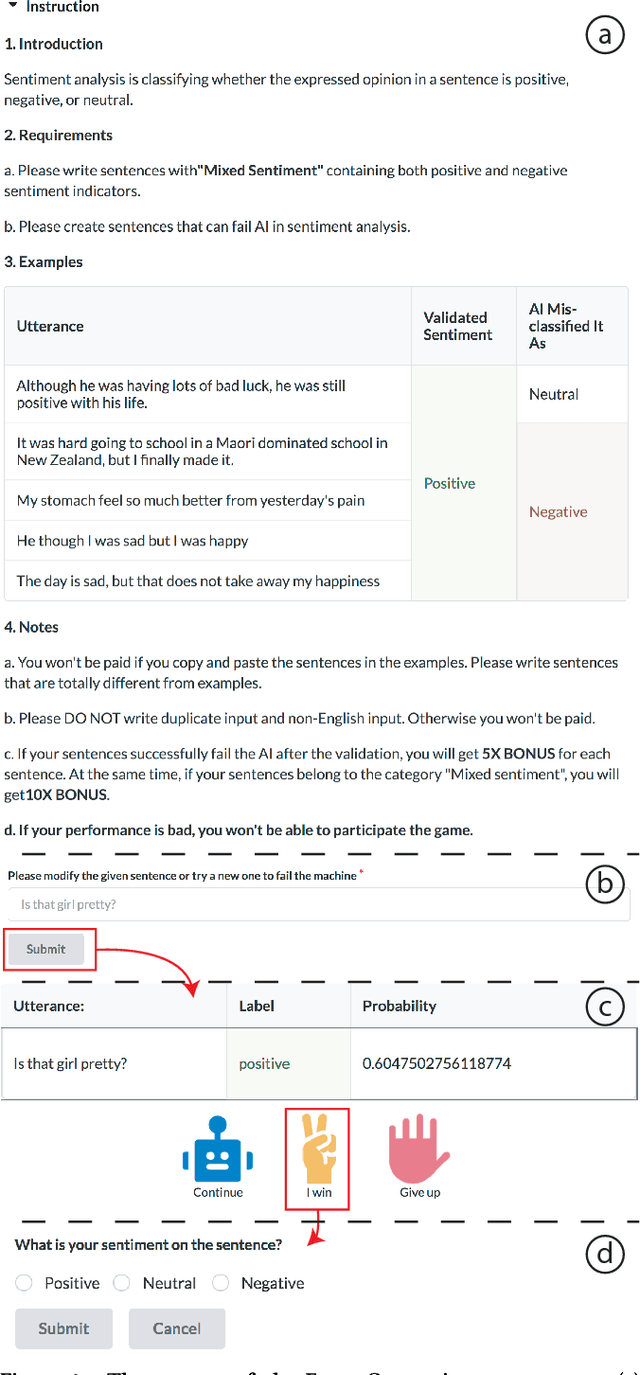
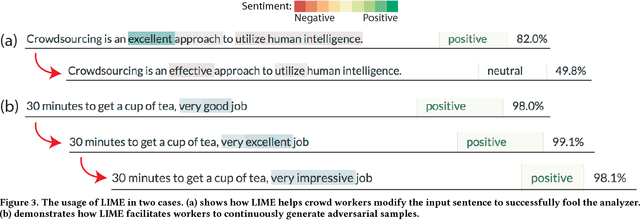
Abstract:Artificial Intelligence (AI) has burrowed into our lives in various aspects; however, without appropriate testing, deployed AI systems are often being criticized to fail in critical and embarrassing cases. Existing testing approaches mainly depend on fixed and pre-defined datasets, providing a limited testing coverage. In this paper, we propose the concept of proactive testing to dynamically generate testing data and evaluate the performance of AI systems. We further introduce Challenge.AI, a new crowd system that features the integration of crowdsourcing and machine learning techniques in the process of error generation, error validation, error categorization, and error analysis. We present experiences and insights into a participatory design with AI developers. The evaluation shows that the crowd workflow is more effective with the help of machine learning techniques. AI developers found that our system can help them discover unknown errors made by the AI models, and engage in the process of proactive testing.
 Add to Chrome
Add to Chrome Add to Firefox
Add to Firefox Add to Edge
Add to Edge